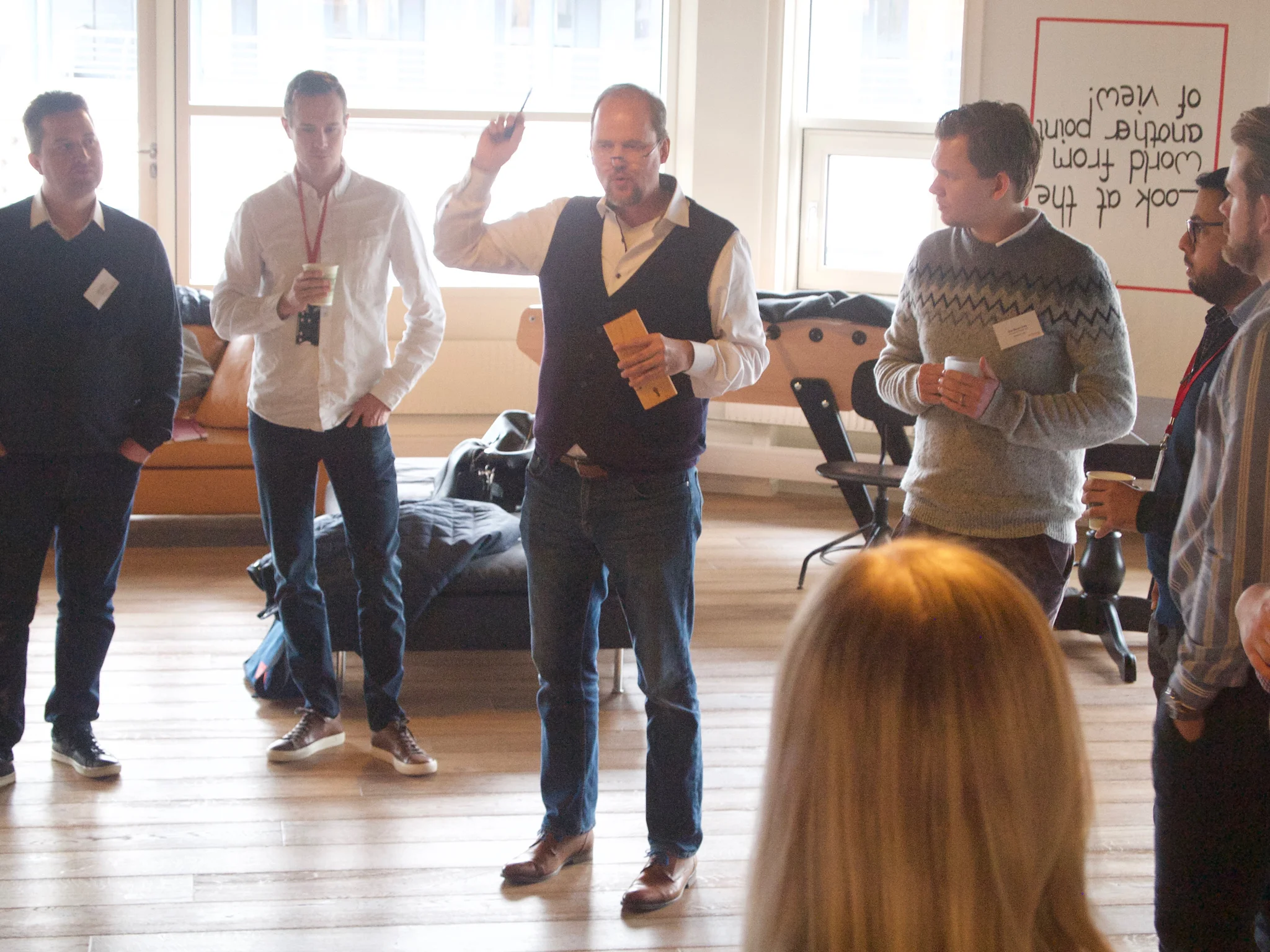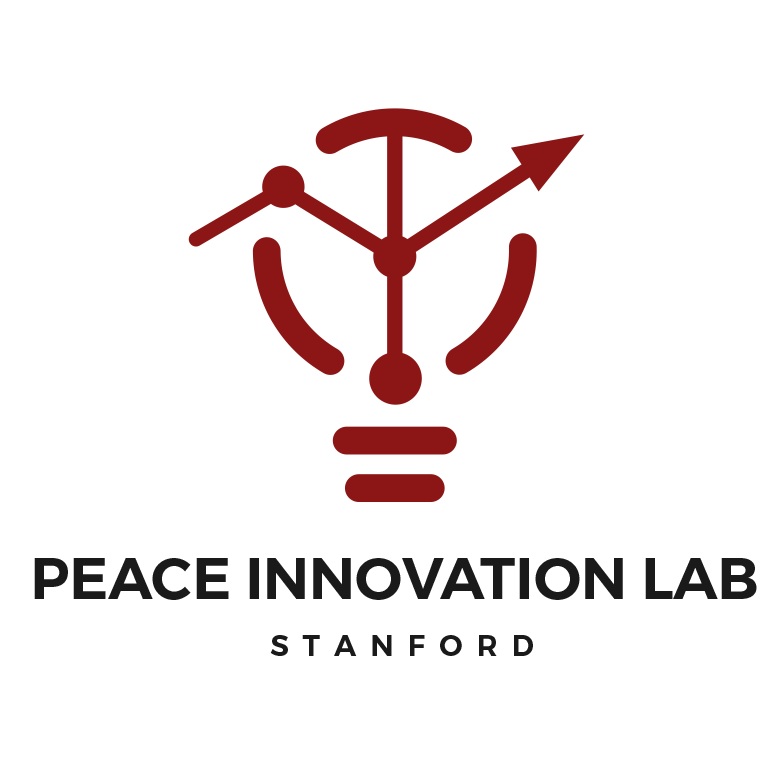Peace Engineering
Over the last decade, the technology that we’ve come to take for granted has become the greatest threat to peace and stability. From social media to AI, to data breaches and cyber warfare, we live in a world where technology has been weaponized.
Around 10 years ago, a small group of researchers at leading institutes around the world began experimenting with the different ways technology could be used to affect human behavior. Their research sparked a movement: Peace Engineering.
Around the world, people are now reclaiming the power of technology and using it as a powerful force for good. Peace Engineers have the same prestige, pay, and career opportunities as other engineers, but unlike their counterparts, their contributions have the potential to redefine our relationship with technology and repair the damage done to the world.
In 2018, The World Engineering Education Forum and the Global Engineering Deans Council brought 41 nations, and dozens of universities and companies together for the world’s first Peace Engineering Conference. As a result, Drexel University, the University of Colorado-Boulder, the Peace Innovation Lab at Stanford University, the University of New Mexico (UNM) and SensorComm Technologies, Inc. convened to form the Peace Engineering Consortium. The consortium aims to draw from multi-disciplinary principles of science and technology to establish rigorous design principles and processes for safer, more ethical development and deployment of emerging technologies. The goal is to create technology that systematically augments our ability to engage positively with each other while tackling issues like cyber warfare, climate change, poverty, and other conditions that come in the way of long term stability and peace.
SCOPE OF THE PEACE ENGINEERING CONSORTIUM
Proposed research concepts/topics/areas to be included (but not limited to):
Behavior design and positive deployment of persuasive technology
Climate Change (UN, World Bank)
Data Analytics (ML, AI, etc.) - predictive and preventative analytics, pattern recognition
Sustainability (SDGs)
Trans-disciplinary systemic level thinking (unintended social, economic and political consequences of emerging technologies)
Infrastructure (mobile, internet, labs, utilities, etc)
Peace finance, and price signals for the value of peace in global capital markets
Curriculum for ethical innovation and safe deployment of technologies that change human behavior
Peace Data Standard and peace metrics (negative/positive peace, socio-economic and political impact, externalities)
Peacebuilding commercialization
PEACE ENGINEERING CONSORTIUM FOUNDING MEMBERS
PEACE ENGINEERING CONSORTIUM SUPPORTING MEMBERS
Alliance for Peacebuilding (AFP)
European Institute of Technology
Global Engineering Deans Council (GEDC)
Peace Innovation Institute BV (Netherlands)
Quanser, Inc.
Santa Fe Network
International Federation of Engineering Education Societies (IFEES)
Ibero-American Science and Technology Education Consortium (ISTEC)
OUR MISSION
To apply science and engineering principles, and trans-disciplinary systems-level thinking, to establish rigorous design principles and processes that directly promote and support conditions for peace, while ensuring the safe and ethical deployment of emerging technologies.









